
- 1 Introduction
- 2 Features
- 3 Equipment
- 3.1 Retrofit kit
- 4 Appearance
- 5 Specification
- 5.1 Drone
- 5.2 Camera
- 5.3 Mavic 2 Zoom
- 5.4 Mavic 2 Pro
- 5.5 Gimbal
- 5.6 Sensor System
- 5.7 Remote Controller
- 5.8 Aircraft Intelligent Battery
- 5.9 Appendix
- 5.10 Compatible memory cards
- 5.11 Compatible mob. Devices
- 5.12 Notes
- 6 Intelligent Modes
- 6.1 QuickShot
- 6.2 Active Track 2.0
- 6.3 Panoramas
- 7 Camera
- 7.1 Zoom
- 7.2 Pro
- 8 Hyperlapse
- 9 Enhanced HDR
- 10 HyperLight
- 11 H.265 Codec
- 12 Motors
- 13 OcuSync 2.0
- 14 Power
- 15 Control
- 16 Obstacle detection
- 16.1 FlightAutonomy 2.0
- 17 APAS
- 18 GEO
- 19 Price
- 20 Conclusion
- 20.1 Pros
- 20.2 Cons
- 21 Photos
- 22 Videos
Introduction
It began to be discussed almost immediately after the release of the first version and was impatiently waiting for two whole years speculating sometimes with the most incredible rumors about future possibilities. Today that day has come and DJI Innovations, as always, in its innovative style, presented not one, but two drones whose potential can be appreciated by both amateurs and professionals of the photo and video industry. We are glad to present you the top of perfection in portable drone technologies - Mavic 2 Pro and Mavic 2 Zoom.
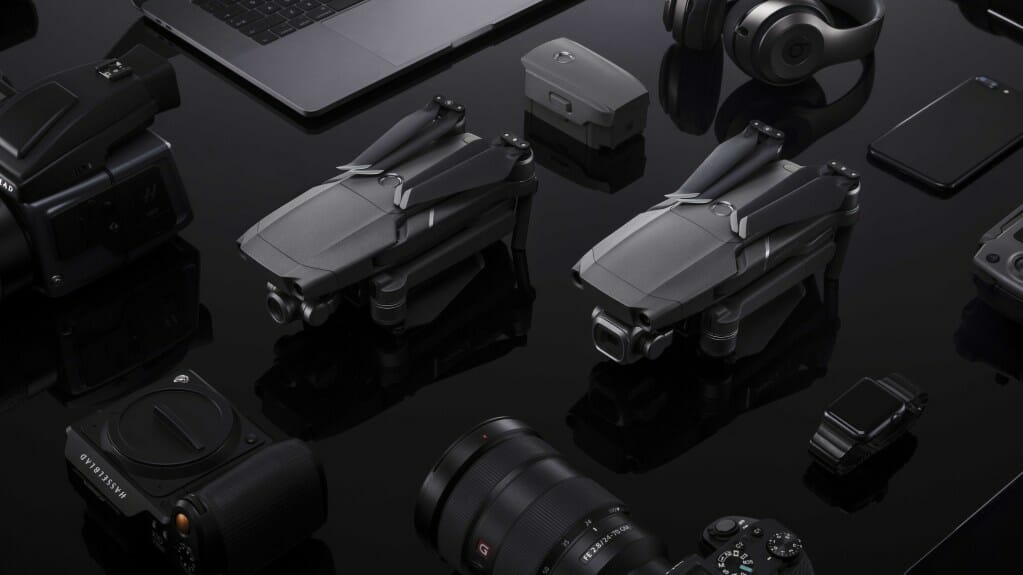
Features
- Improved aerodynamics
- Modified power plant adapted for quiet operation
- OcuSync 2.0 digital video technology
- 1080p video streaming
- FPV distance up to 10/6 km (for FCC / CE)
- Maximum horizontal flight speed 72 km / h
- Maximum flight time 31 min
- Six-way obstacle sensing
- Advanced Pilot Assistance APAS
- Advanced ActiveTrack 2.0
- 20MP camera built on 1-inch Hasselblad L1D-20C CMOS sensor (for Mavic 2 Pro)
- Supports 10-bit Dlog-M color profile (for Mavic 2 Pro)
- Supports viewing 10-bit 4K HDR video (for Mavic 2 Pro)
- Configurable aperture f / 2.8-f / 11 (for Mavic 2 Pro)
- 12MP camera built at 1 / 2.3 -inch CMOS sensor with 2x optical zoom (24-48mm) (for Mavic 2 Zoom)
- Supports D-Clinelike color profile (for Mavic 2 Zoom camera)
- High-speed hybrid autofocus (for Mavic 2 Zoom)
- New DollyZoom fast mode (for Mavic 2 Zoom)
- New feature for 48MP photos (for Mavic 2 Zoom)
- Technology Hyperlapse in four performance modes
- Enhanced photo HDR
- HyperLight function for shooting in low light conditions
- 4K video in H.265 video compression at a maximum bit rate of 100 Mbps
- Intelligent recording modes
- 8GB built-in memory expandable via SD cards up to 128GB
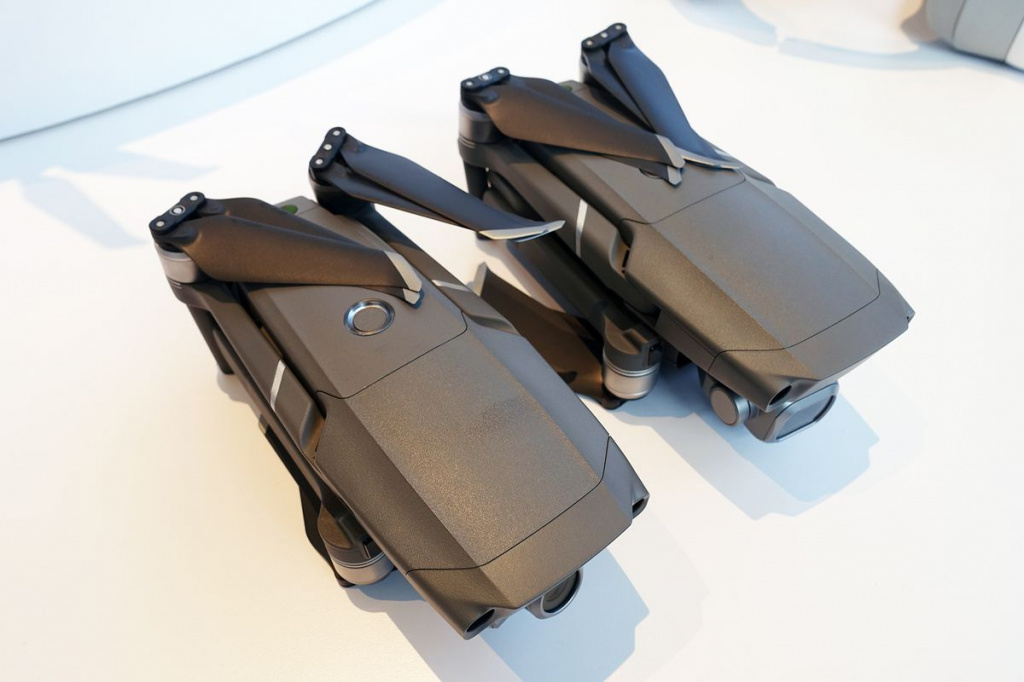
Package contents
Mavic 2 Zoom
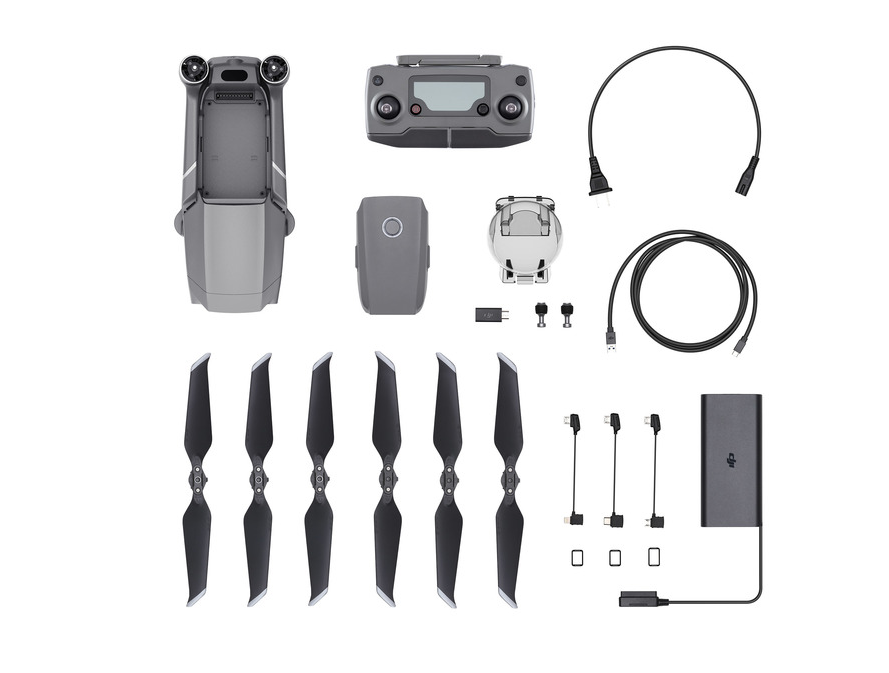
Mavic 2 Pro
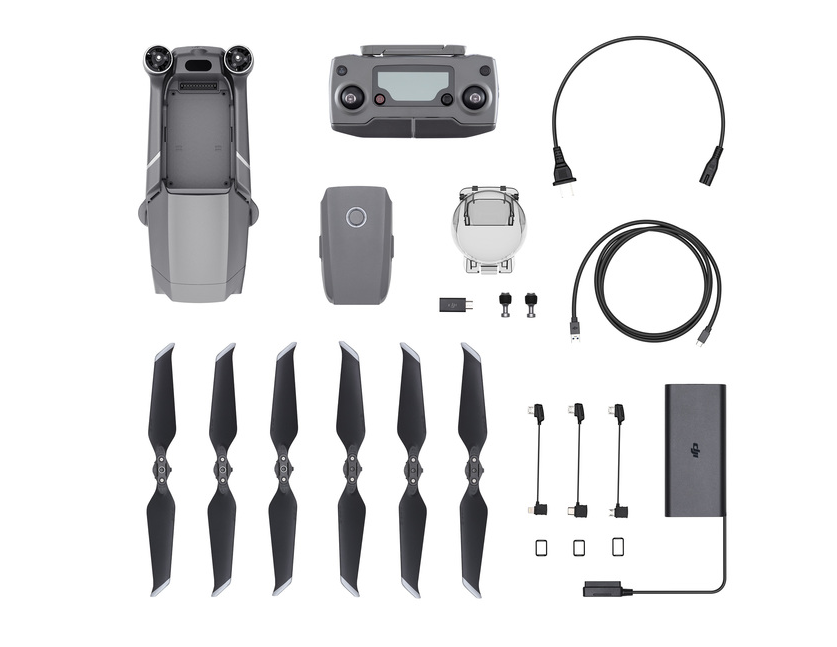
Mavic 2 Zoom (DJI Smart Controller)
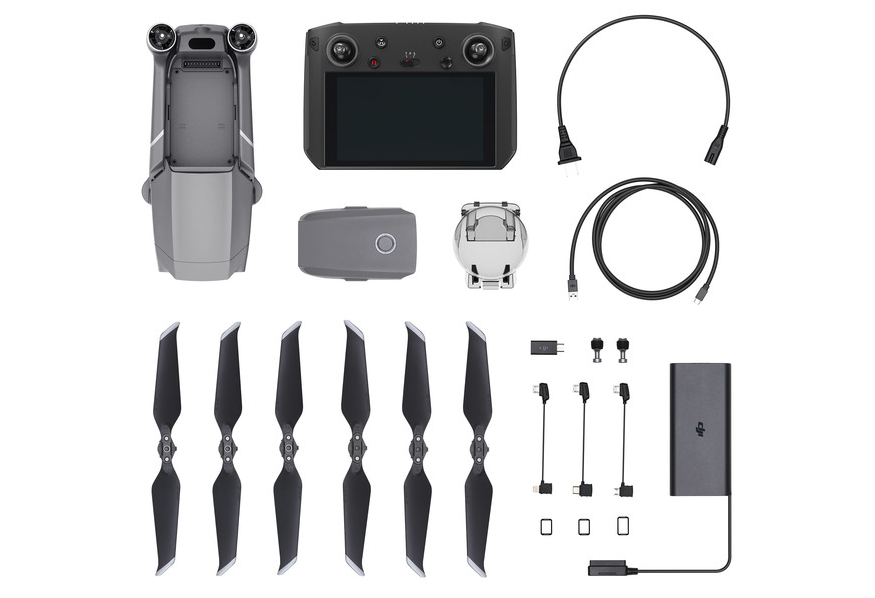
Mavic 2 Pro (DJI Smart Controller)
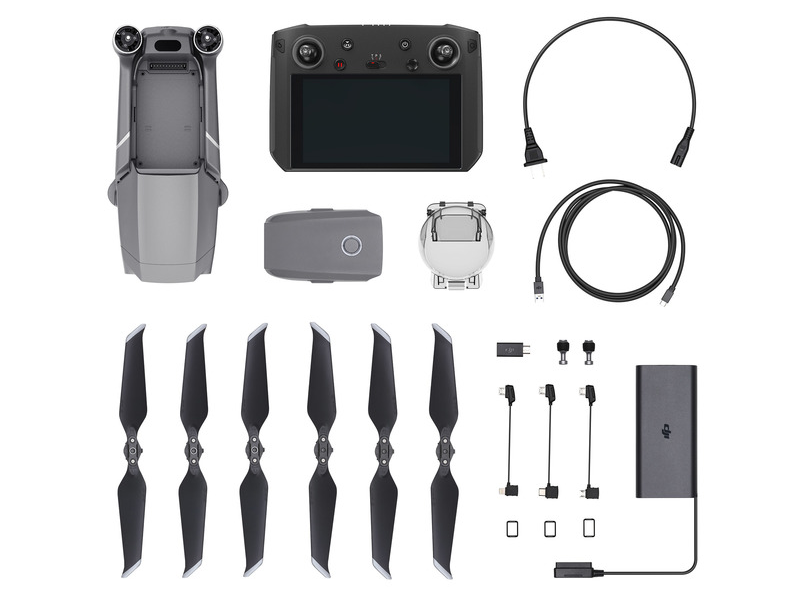
Retrofit kit
Mavic 2 FLY MORE KIT
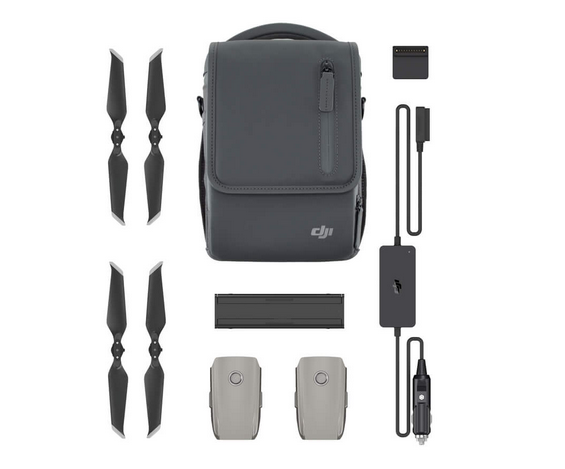
Appearance
Mavic 2 Zoom


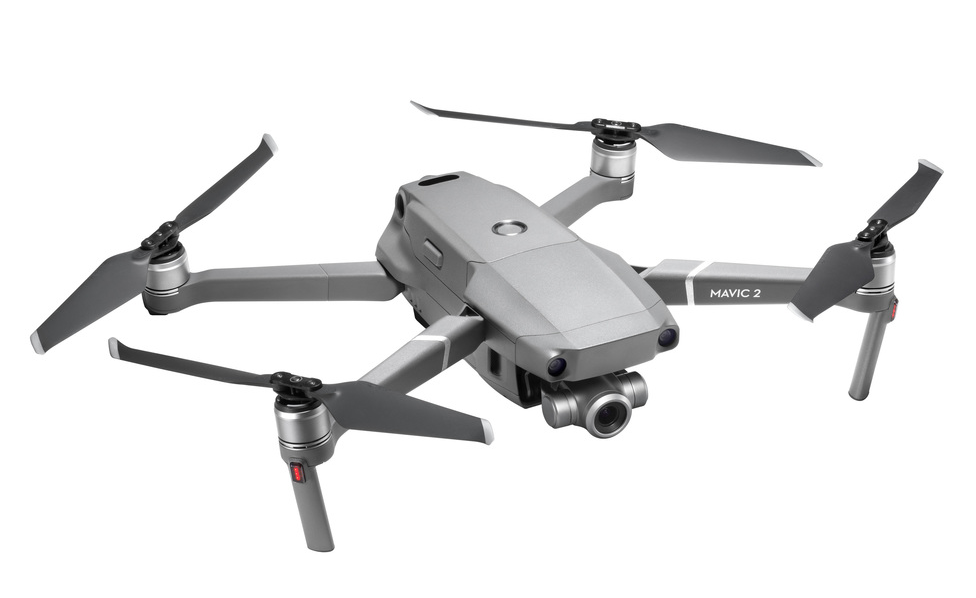
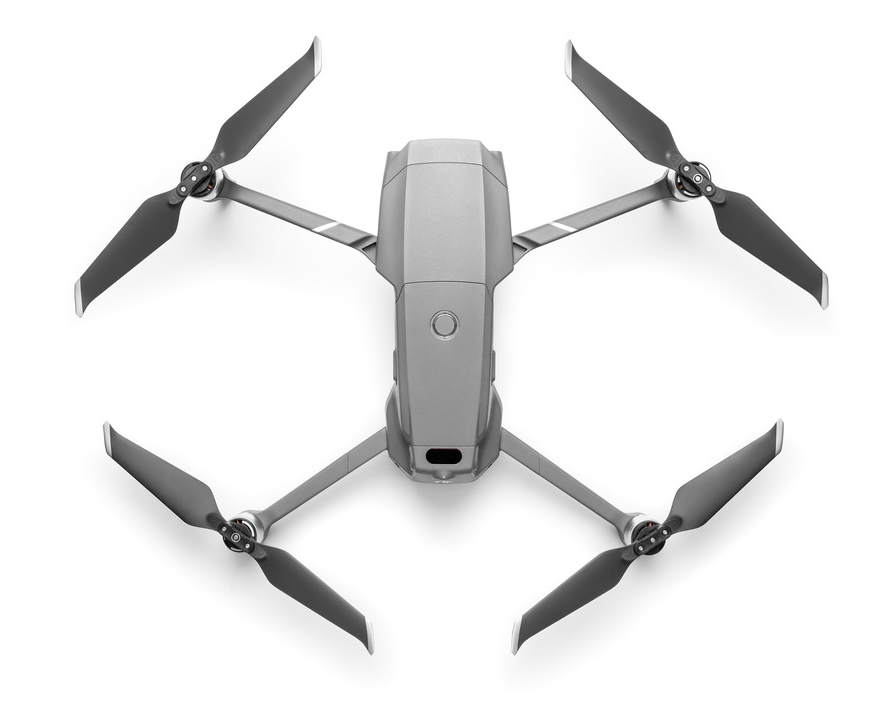
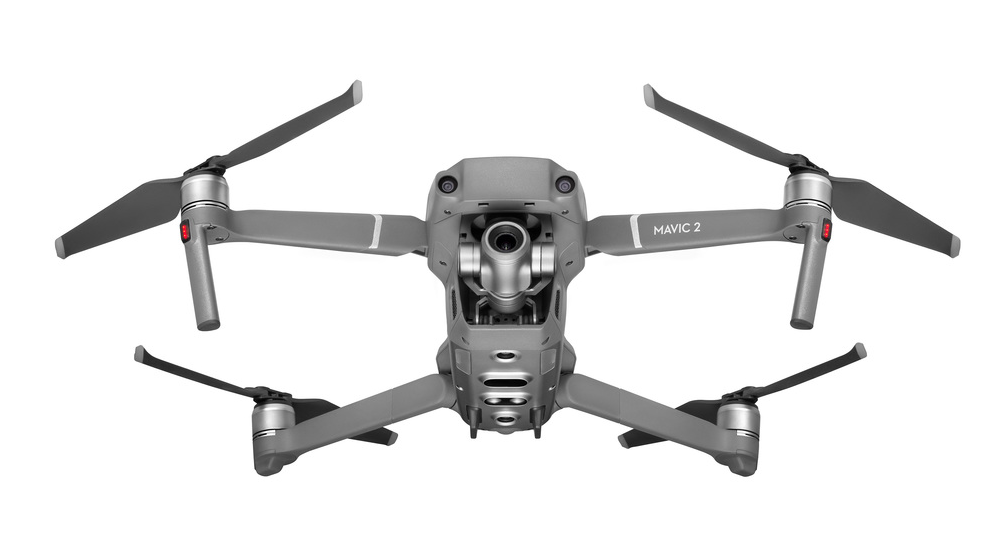
Mavic 2 Pro


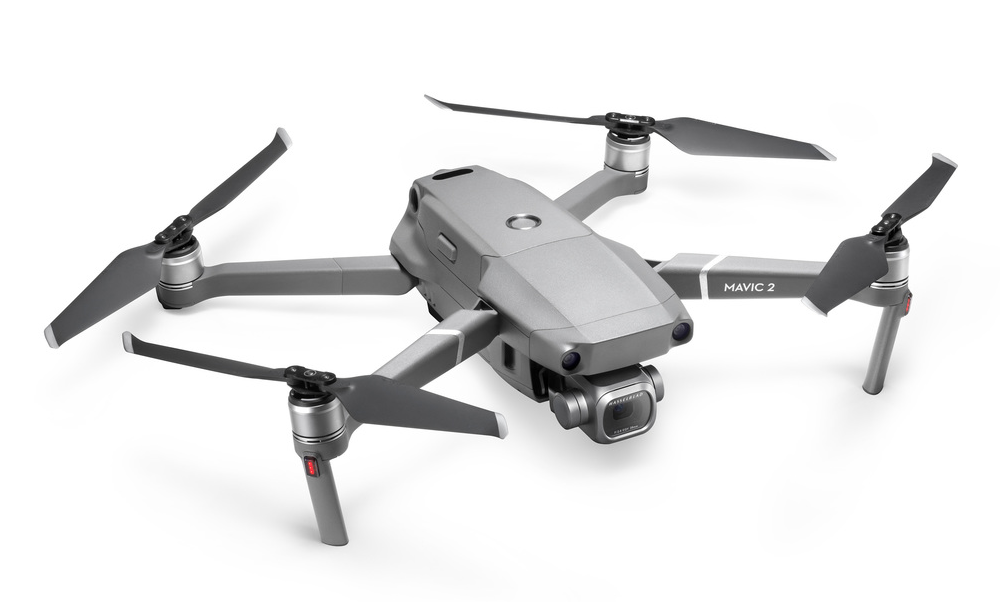
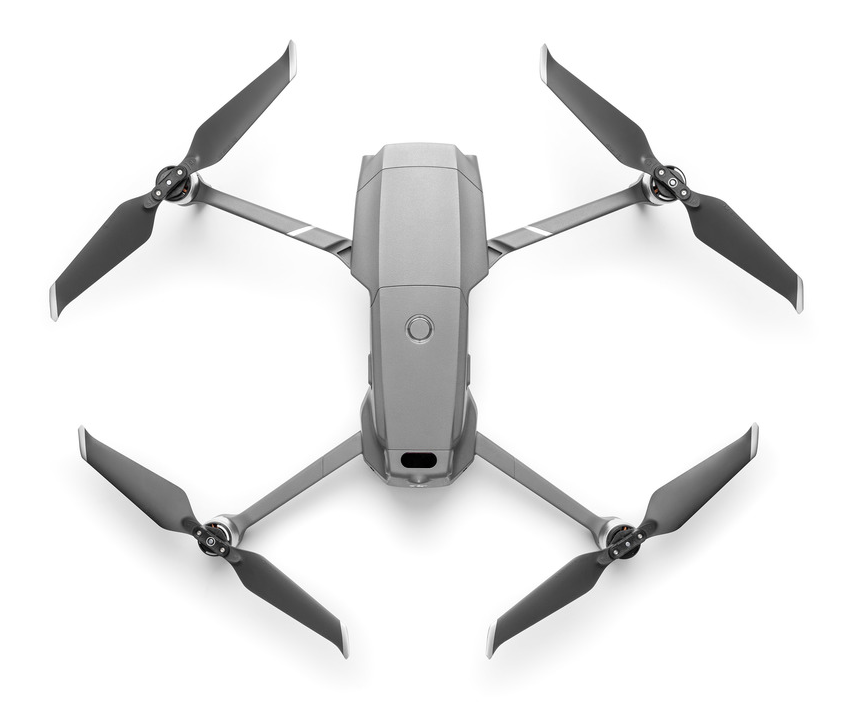
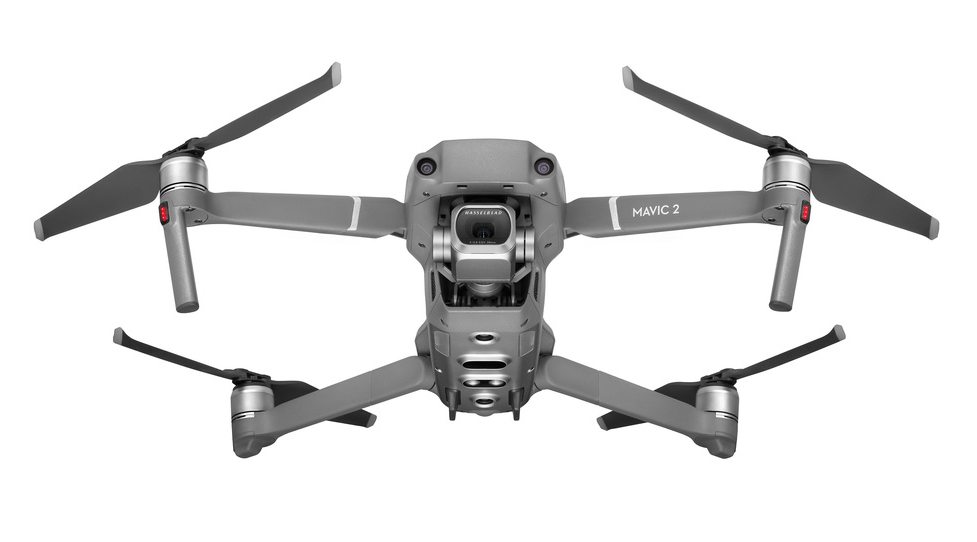
Specification
Drone
Camera
Mavic 2 Zoom
Sensor System
Control panel
Intelligent Aircraft Battery
Appendix
Compatible memory cards
Compatible mob. Devices
Notes
Intelligent Modes
QuickShot
Make a video clip in one tap. Let the drone take professional shots for you, after which a 10-second video will be cut in automatic mode, which you can share as quickly as possible. QuickShots helps the user to capture stunning cinematic footage in one tap.
The Mavic 2 inherits 6 standard SmartShot modes: Roket / Dronie / Circle / Helix / ) Boomerang / Asteroid. And another new mode has been added that will be available for the Mavic 2 Zoom - Dolly Zoom
Active Track 2.0
Advanced second generation mode detects and tracks objects even more accurately, faster and smarter. The previous generation of ActiveTrack relied only on the 2D image from the main camera for tracking. ActiveTrack 2.0 uses 3D environmental maps from both the main camera and the front sensors to provide a more accurate level of recognition.

Trajectory calculation algorithms allow tracking even when the object has temporarily disappeared from the drone's field of view. The Mavic 2 is capable of high-speed object tracking at speeds up to 72 km / h. Avoiding obstacles has never been so smart, and while tracking, the Mavic 2 can now create a 3D flight path and proactively avoid colliding with obstacles in front and behind without interrupting the video recording process.
Panoramas
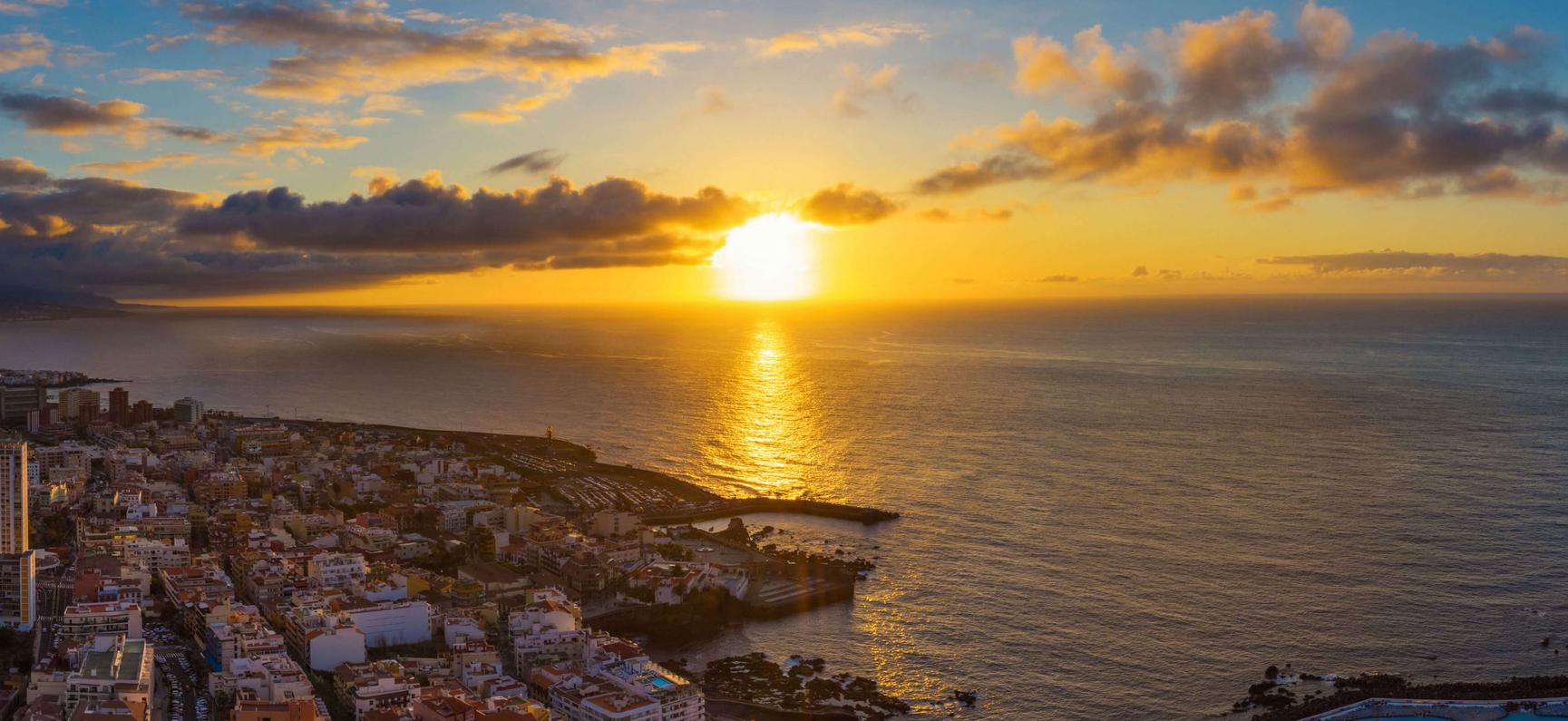
The Mavic 2 supports 4 panorama modes:
- Spherical
- 180º
- Horizontal
- Vertical
POI 2.0
computer vision, the need to move the drone to the center before starting a circle is eliminated.
Waypoint 2.0
The waypoint flight function was also improved by the developers and now, to implement it, you do not need to fly to a specific location to mark waypoints. It is enough to set the desired waypoints and point of interest in the application and save the flight for later use.
Camera

The main distinguishing feature of the Mavic 2, which divided the new product into two whole drones. Both cameras have great potential for high-quality aerial photography and complement the technological tandem of each individual model more than ever.
Nevertheless, as the developer assures, the cameras can be changed. To do this, you need to submit an online replacement request, and then send the drone to a service center.
Zoom
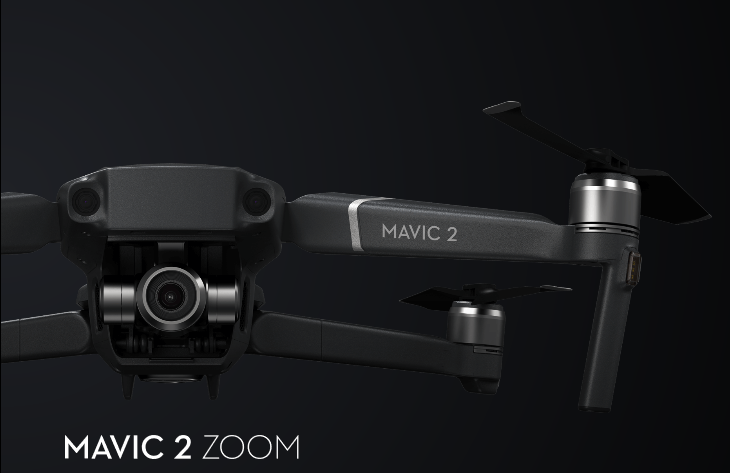
The Zoom camera is built on a 1 / 2.3-inch CMOS sensor with a resolution of 12MP. In the arsenal of 4x zoom, including 2x optical (24-48mm). The main advantage of such a camera is dynamic perspective. Allows to realize shooting with medium and wide angle of view.
Zoom
In FHD Movie mode, the 4x zoom (including 2x optical) allows you to get much closer to your subject while still at a safe distance without any loss in quality.
Hybrid autofocus
The Mavic 2 Zoom features Hybrid AF for accurate and fast phase and contrast detection, up to 40% faster than the Mavic Pro's focusing speed. Thanks to the tracking autofocus system, objects that fall into the frame are always clear and sharp, both when farther and when approaching.
Dolly Zoom
The new QuickShot mode, implemented specifically for the Mavic 2 Zoom, will automatically change the focal length of the lens during flight to get the video effect of expanding space. For greater freedom of the shooting process, the focusing speed can be set manually.
48MP Stills
Super Resolution is a new feature of the Mavic 2 Zoom that allows you to capture ultra-high resolution images. When shooting with a 24mm field of view using a telephoto lens, the camera takes nine shots, subsequently combining into one 48MP frame on which all the smallest details will be clearly visible. The function is relevant when shooting landscapes.
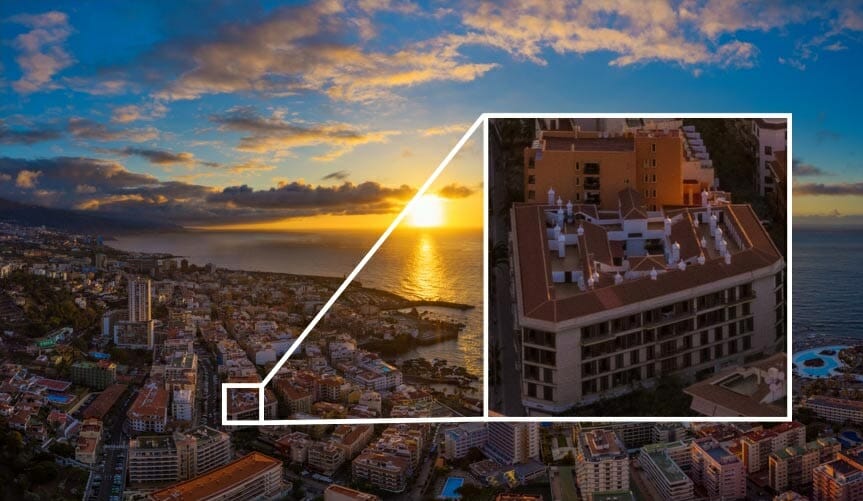
Pro
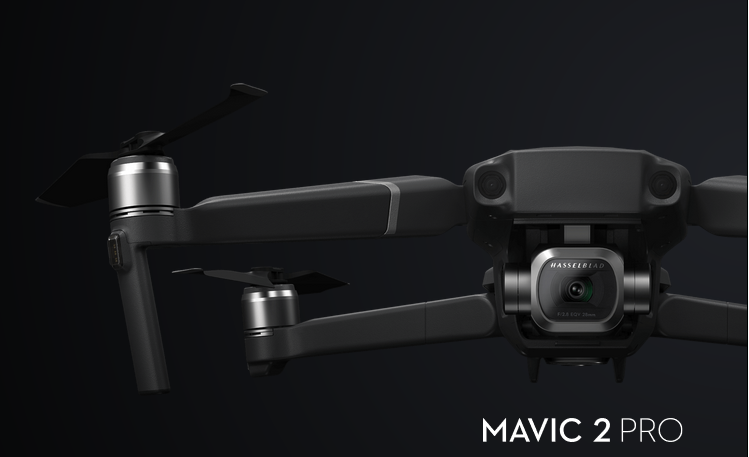
The Pro Camera is the collaborative result of two years of painstaking work by the DJI and Hasselblad development team.... Hasselblad L1D-20c - Powered by Hasselblad's unique Natural Color Solution (HNCS) technology, it captures stunning 20MP aerial footage in stunning color. The 1-inch CMOS sensor provides higher image quality even in low light due to its wider ISO range.
The Swedish company Victor Hasselblad AB is a guru in the production of medium format cameras and photographic equipment. It dates back to 1941. Hasselblad cameras have captured many legendary events, including the successful moon landing.
Dlog-M 10bit
The Mavic 2 Pro supports the Dlog-M 10bit color profile with a wider dynamic range for more color correction. The system is capable of recording over 1 billion colors and retaining more detail with overall brightness and shadow changes.
HDR Video
4K HDR 10-bit video support lets you connect the Mavic 2 Pro to HLG 4K compatible TVs (HDR Hybrid Log-Gamma (HLG)) devices and watch recorded video in maximum 4K HDR quality.
Adjustable aperture
Variable aperture (f / 2.8-f / 11) allows the user to realize the best image quality even in low light conditions.
Hyperlapse Technology
Through Hyperlapse, both drone models are capable of producing professional-quality stabilized time lapses. The user only has to share the results obtained through all kinds of social networks. There are 4 execution modes:
- Free
- Circle
- CourseLock
- WayPoint
Improved HDR
wide dynamic range without distortion and noise.
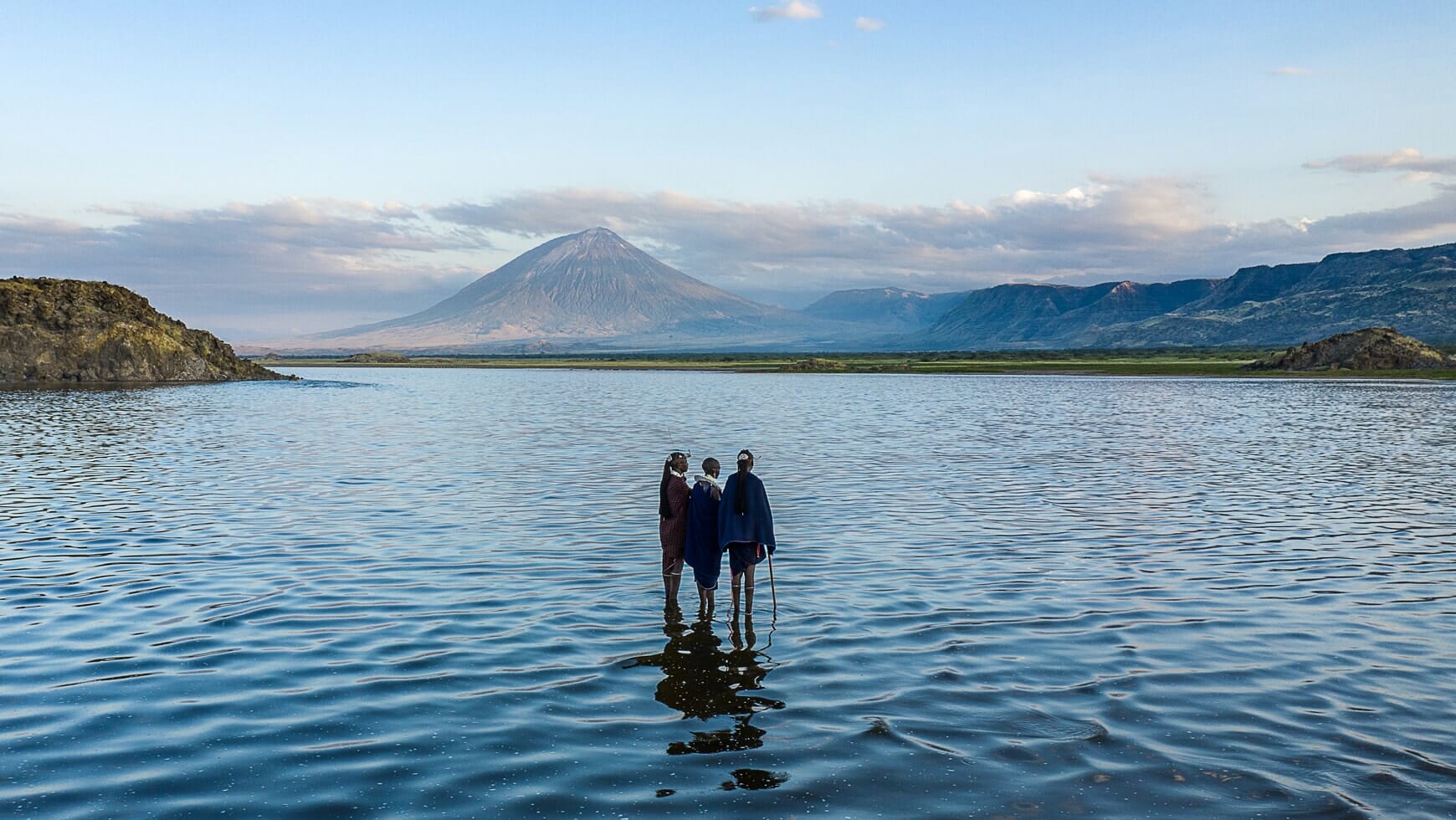
HyperLight
A new feature that allows you to capture bright images taken in low light conditions with minimal noise.

H.265 Codec
Both quadcopters are capable of recording high quality video using the advanced H.265 codec at higher bitrates. Video encoded in H.265 / HEVC contains 50% more information than in H.264 / AVC code, which allows you to get the most detailed image at the output.

Motors
The second generation drone received a more powerful and at the same time more economical in terms of energy consumption power plant. The new M2 brushless motors work in conjunction with ESC FOC (Field Oriented Control) sine-driven ESCs in tandem with low-noise rotor blades. This approach made it possible to increase both the maximum horizontal flight speed from 65 km / h to 72 km / h and the duration of the flight from 27 to 31 minutes.
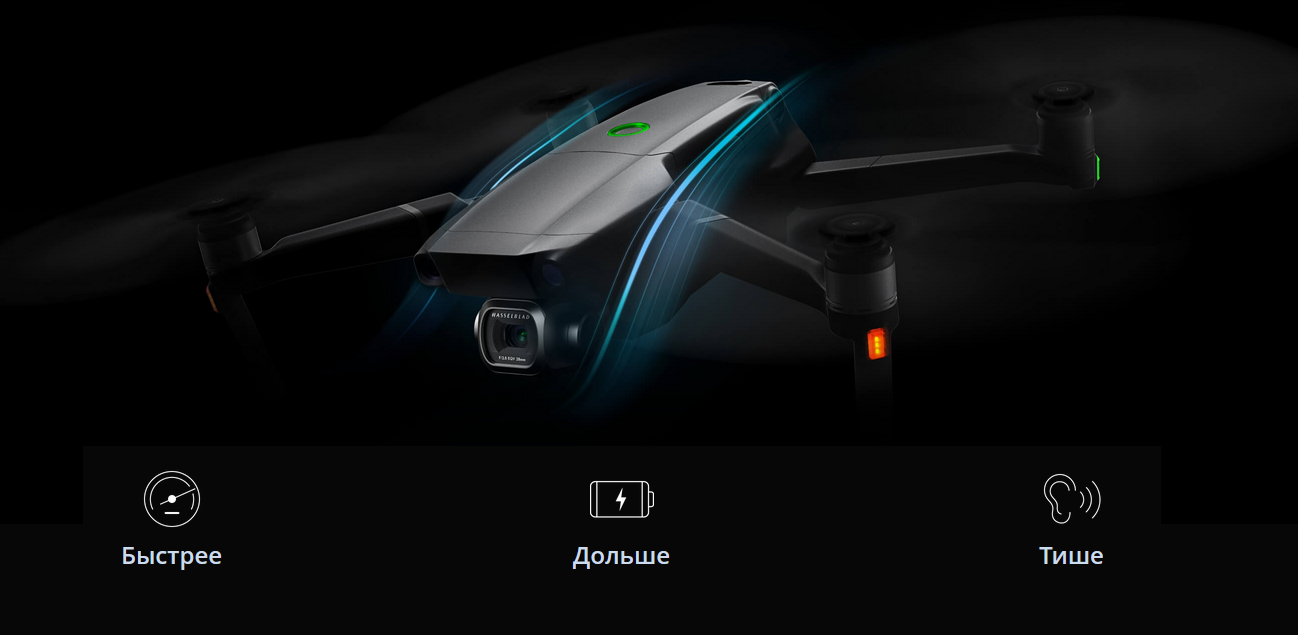
The redesigned aerodynamics of the drone body also influenced the speed performance. According to the data, the drag of the Mavic 2 is 19% less than the drag of its predecessor.
OcuSync 2.0
The second generation of digital video transmission technology OcuSync, thanks to the ability to switch between 2.4 GHz and 5.8 GHz frequencies based on the channel load, has improved noise immunity, increase FPV distance from 7/4 km (for FCC / CE) to 10/6 km (for FCC / CE), raise video stream quality to 1080p, increase download speed to 40 Mbps and reduce latency with 170 to 120ms.
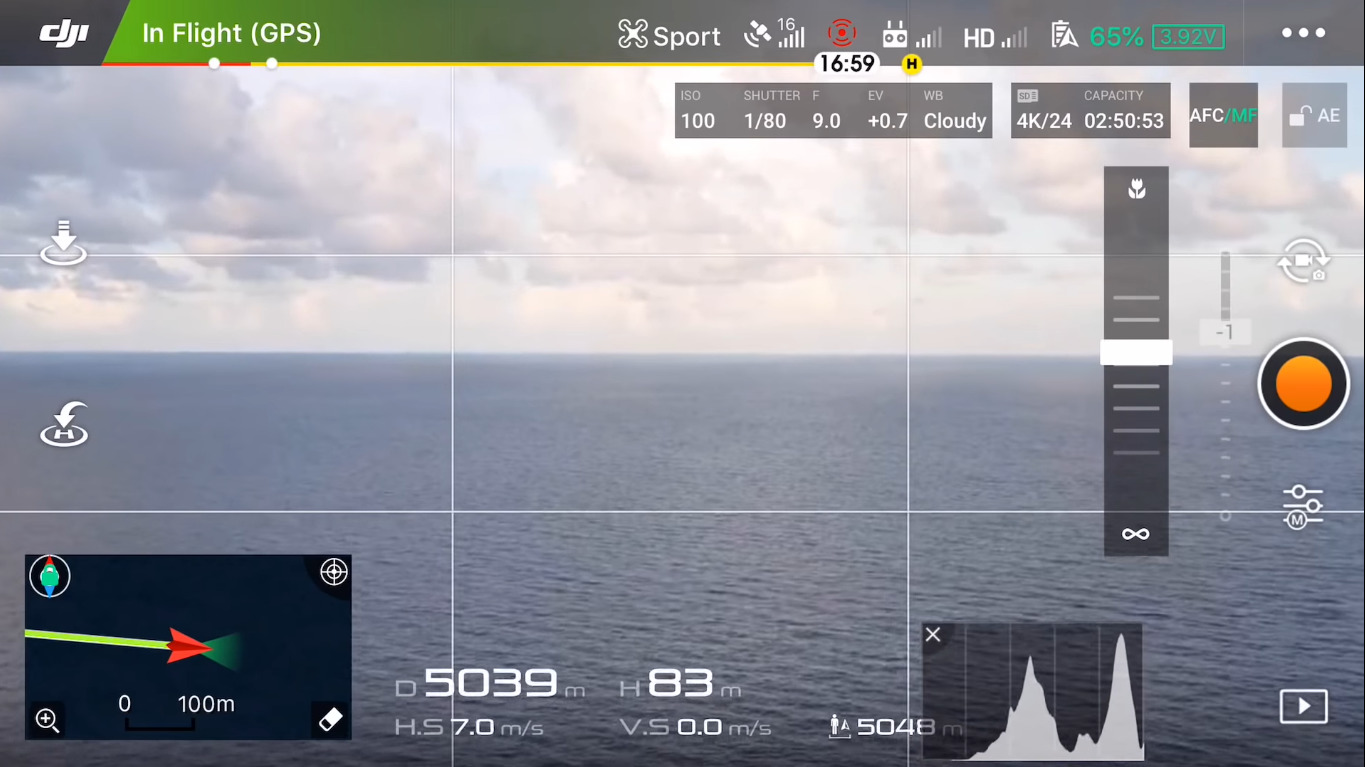
Power
The Mavic 2 is equipped with an intelligent 4-cell (15.4V) Li-Polymer battery with a capacity of 3850mAh 59.29Wh. Provides max. flight duration on one charge - 31 minutes. (in calm weather, at a constant speed of 25 km / h). Charging time is about 1.5 hours.
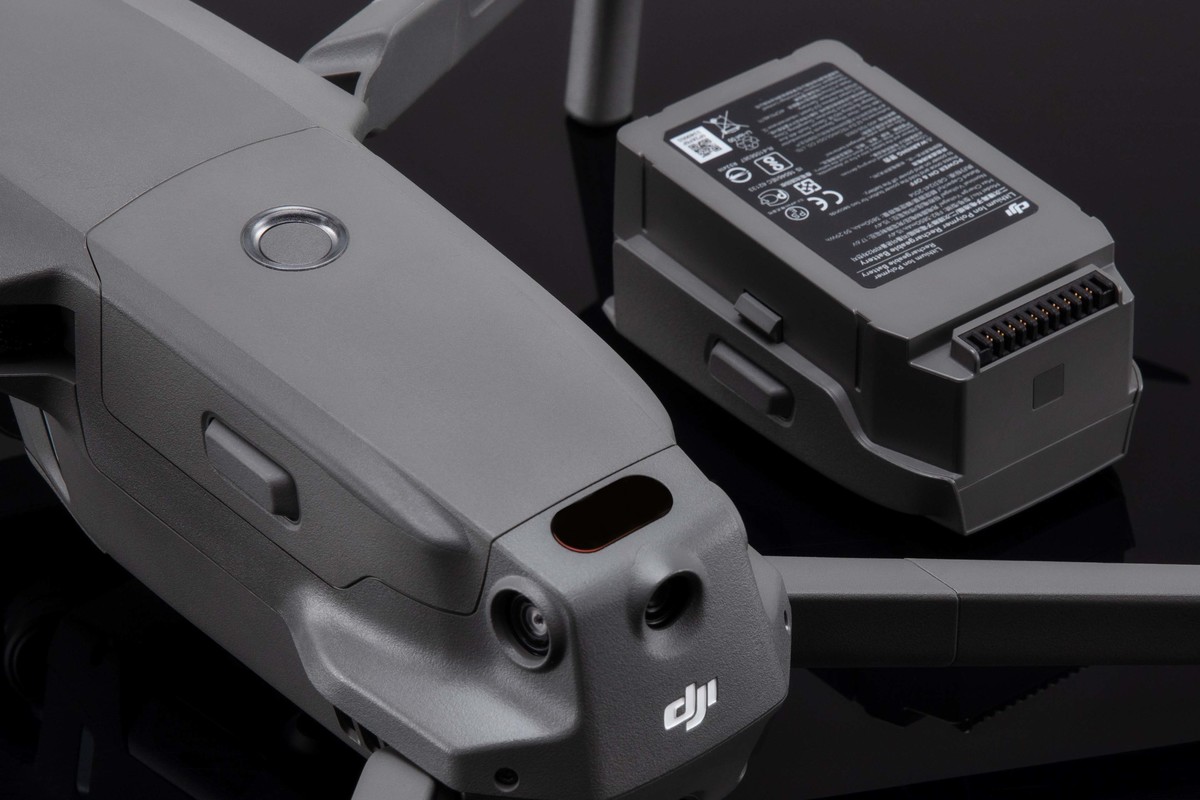
Control
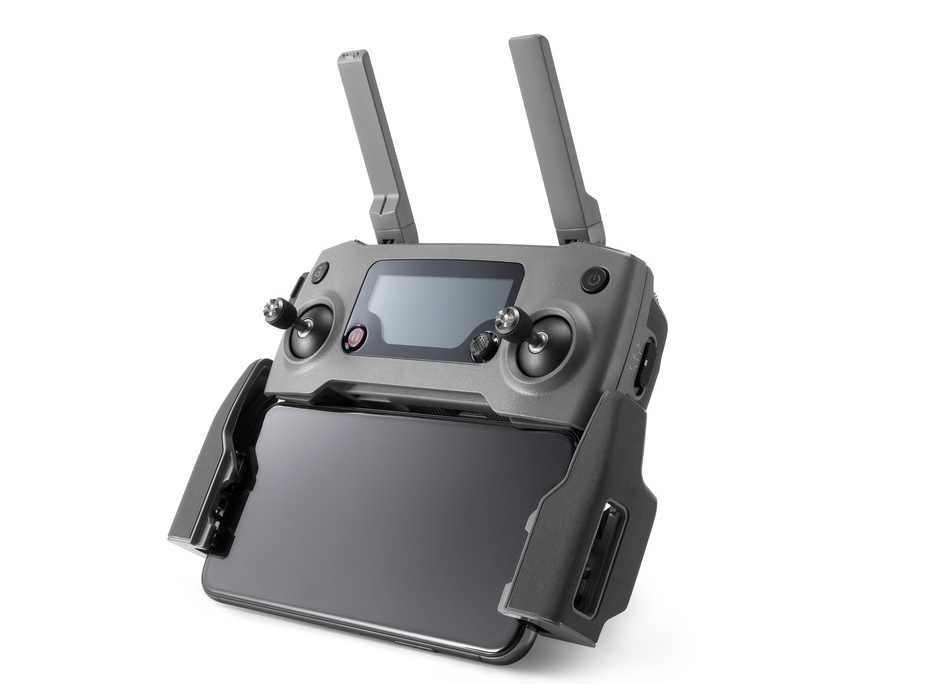
IOS or Android via the DJI GO 4 mobile app. The ability to control one gadget without control equipment has become impossible for the Mavic 2.
Externally, the remote control has not undergone any changes, except for the color, now it has become a light gray. The control sticks are removable, like the equipment of the portable Mavic Air. Everything is for the sake of compactness. Operates in the frequency range: 2.400-2.483GHz / 5.725-5.850GHz. Provides FPV distance of up to 10/6 km (for FCC / CE) in a clutter-free area. It is powered by a built-in 3950 mAh LiPo battery. Charging time is 135 minutes.
Obstacle detection
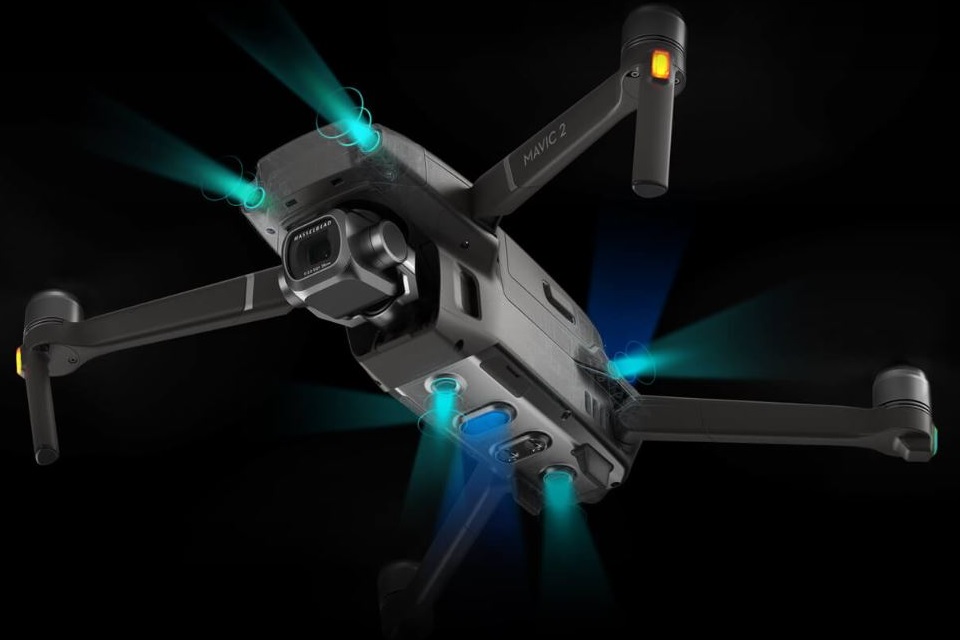
FlightAutonomy 2.0
drone behavior has become even more stable and safer thanks to the first applied 6-way imaging:
Frontal sensors
Down sensors
Left and Right Sensors
Rear Sensors
Top Sensors
APAS
APAS (Advanced Pilot Assistance System) is the result of extensive DJI research into optimal flight path calculations. The APAS Pilot Assistance System automatically adjusts the flight path of obstacles in the drone's path, thus ensuring the UAV's ease of use and maximum safety. APAS - creates a route in real time, which allows the drone to plan in advance possible paths to fly around obstacles encountered.
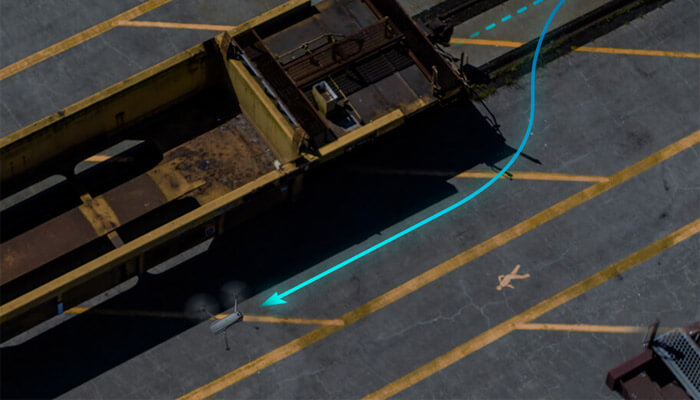
GEO
Geospatial Environment Online - the system is designed to inform the pilot about how safe it can be to fly at the current launch site. GEO will indicate the presence of No-Fly zones at the launch site, such as airports and stadiums, etc. Everything for the sake of safety.
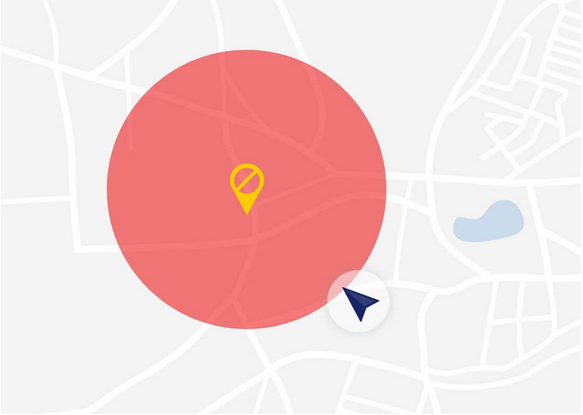
Price
Both drones are available for purchase at the following prices:
- Mavic 2 Zoom
- Mavic 2 Pro
- Mavic 2 Zoom (DJI Smart Controller)
- Mavic 2 Pro (DJI Smart Controller)
Retrofit kit Mavic 2 FLY MORE KIT
Terminal
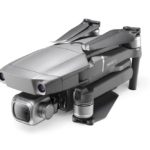
Pros
- Portable
- Anti-Dazzle
- Zoom / Pro Cameras (Capabilities and Quality)
- Dynamic
- Guided / Flight Modes
- Standalone Modes and Features
- ActiveTrack 2.0
- OcuSync 2.0 / FHD FPV
- FPV distance up to 10 km
- APAS
Cons
- Does not shoot in 4K at 60 fps
- No water and dust resistance
- Changing cameras only through the service center
- Unlike its predecessor, it does not have a Wi-Fi connection (the possibility of launching a drone from a smartphone is excluded, which, for example, is very important during a bike ride, when the drone works in the mode of automatically following an ActiveTrack object). As a result, you have to constantly bother with fixing the tandem (smartphone remote control) on the steering wheel.
Today, this is the best portable solution that developers of household UAVs can offer. Despite the fact that we never saw such expected advantages as dust and moisture protection, control with a wristband remote control, video shooting in 4K at 60 frames per second, apparently this option will forever remain a hallmark of the Phantom 4Pro and Advanced, the developers still managed to once again please fans of the DJI brand, as well as point potential competitors to their place in the niche of portable drone technologies. The potential of the presented models will be fully appreciated by both amateurs and professionals with the prospect of high-quality aerial photography for whom, when choosing a UAV, an important criterion is the compactness of the device. Age limit 16.
Photo
Photo with DJI Mavic 2.
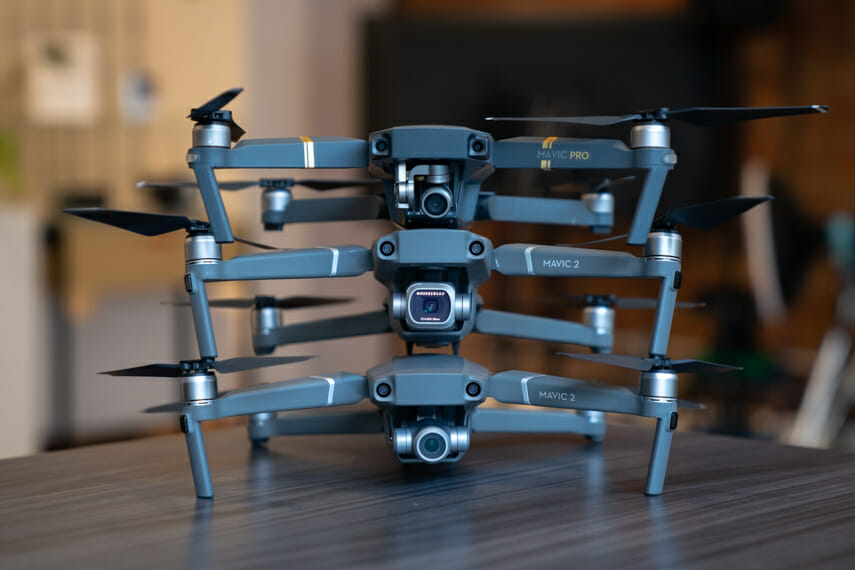

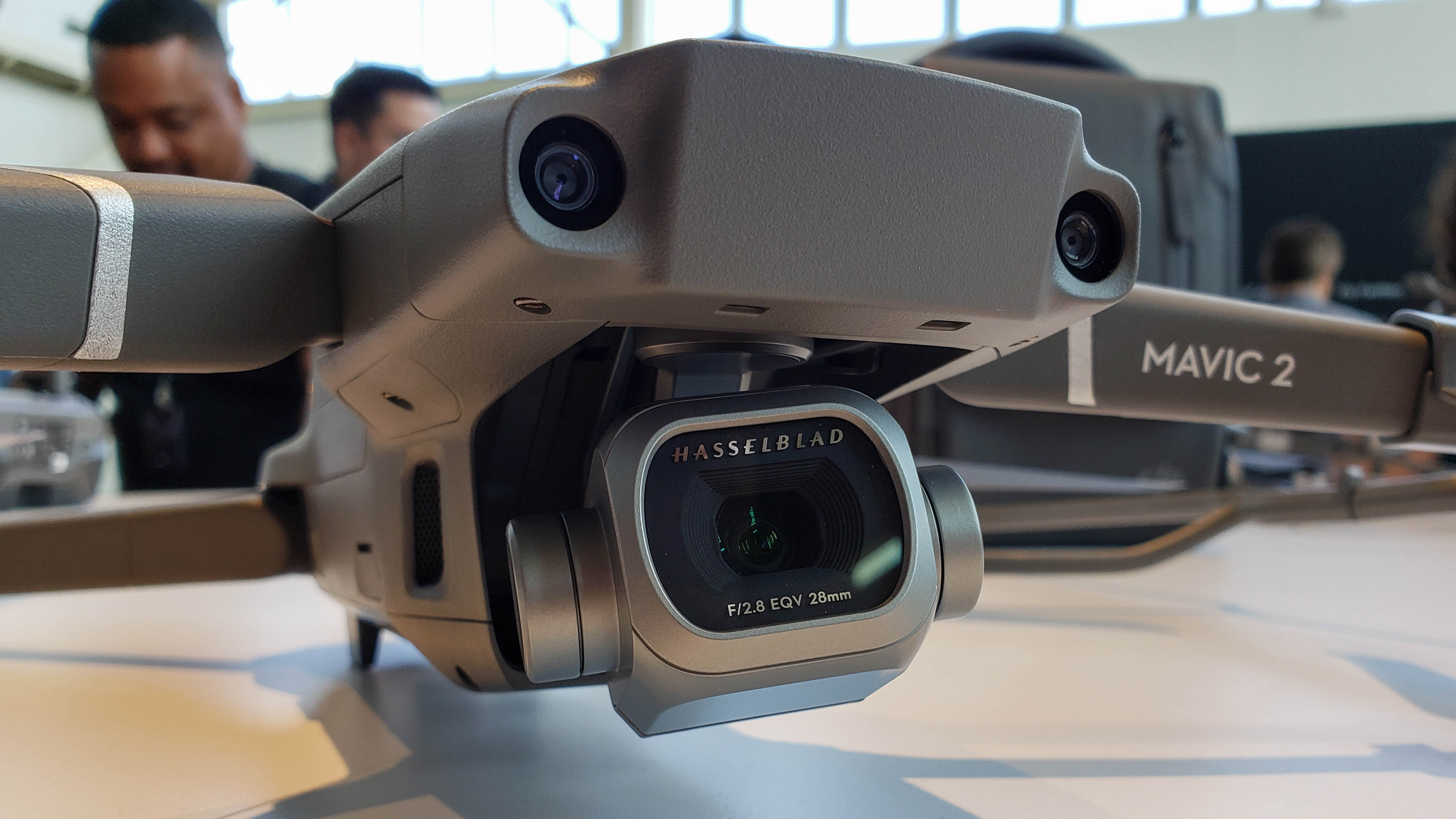
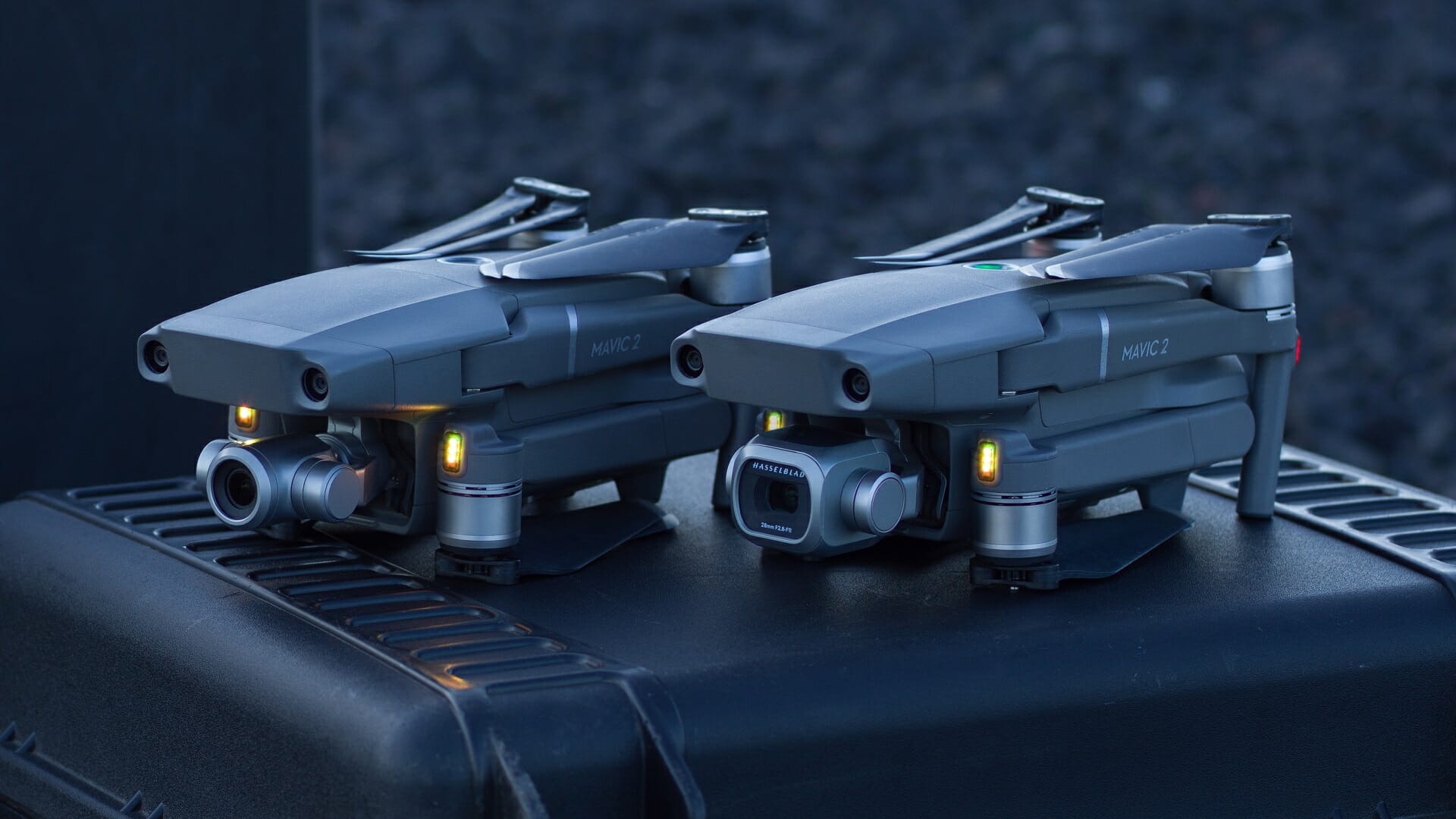
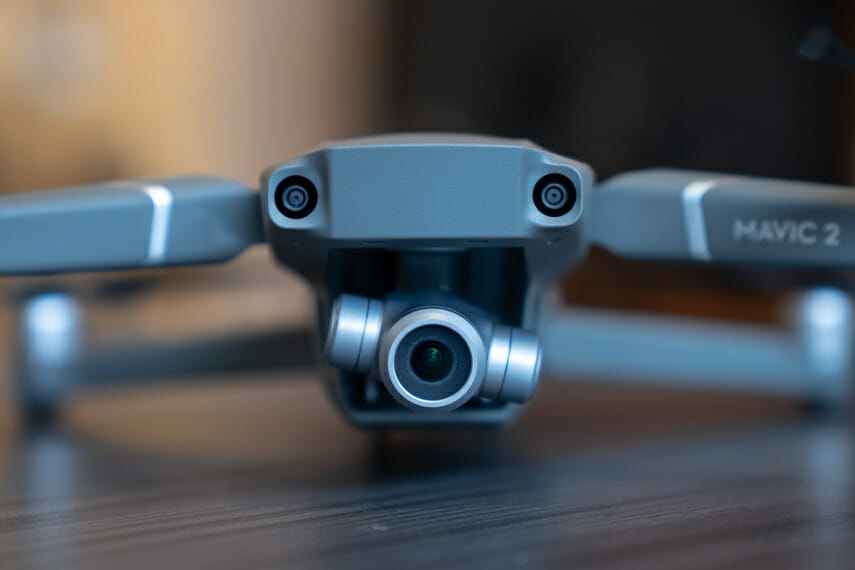

Video
Comparative DJI Mavic 2 Pro vs Autel EVO 2 Pro review.
Exhaustive comparison of the image quality of the two Mavic 2 Pro / Zoom models.
Comparative test for the quality of shooting Mavic 2 Pro vs Mavic Air 2 vs Mavic Air vs Mavic Mini.
.






